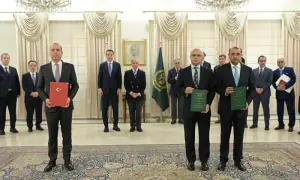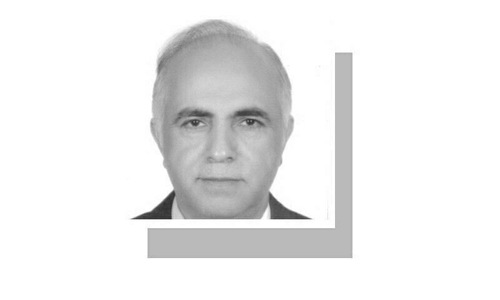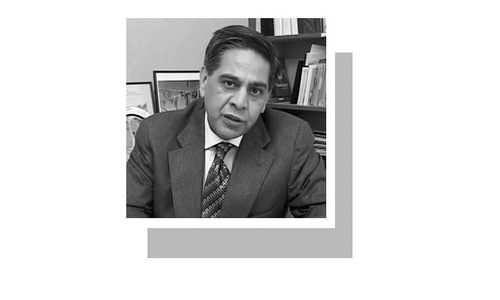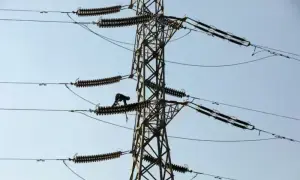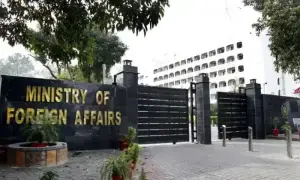
Researchers on both sides of the Wagah border have come to the conclusion that the tazia was brought to Delhi from Iran in the 14th century by Taimur (Tamerlane) when he invaded parts of northern India. It was much simpler than what we have seen in the subcontinent, where they are aesthetically designed and executed.
According to the Karachi-based researcher Shahid Ali Naqvi’s book titled Azadaari, the need for a tazia arose when Taimur, who was involved in consolidating his hold on the invaded territory, could not take his army on their annual trip to Karbala so he got a model of the shrine built. It was supposed to have been plastered with khak-e-shifa, the clay from Karbala, which he got specially transported all the way to north India.
Interestingly enough, the tazias, like many of the rituals associated with mourning that come with Muharram, are not to be seen in Iraq or Iran. In South Asia they have acquired local hues and are built of, and decorated with, a wide variety of material, mostly by artisans who excel in the craft.
While the small tazias are carried in arms, the tall ones, some of them going up to 50 feet, or even more, are wheeled in processions.
The tazias that are under discussion are not to be confused with what is known as ‘chup tazia’, which is a procession brought out on Rabi-ul-Awwal 8, the last day of the mourning period. Iftikhar Arif, the noted scholar and poet, says that it originated in Lucknow after the War of Independence, when the head of an affluent family was deprived of his wealth and position by the East India Company for encouraging freedom of fighters.
The tazias are mainly built by Barelvi sunnis but some shias are no less involved. In India a good number of Hindus and, to some extent, Sikhs also got the tazias built and carried in processions. While there have been a few clashes between Muslims carrying the tazias in some cities of India and the agitated members of the majority community, there were at least three occasions when the Husaini Brahmins (who venerated the Imam) had to face opposition from the mainstream Hindus, resulting in injuries on both sides.
In the tiny state of Jaora in what used to be Central Provinces, the Nawab who brought out a grand tazia in Muharram also encouraged his subjects to follow the tradition. The majority being Hindus, a larger number of tazias were brought out by them. Interestingly enough, the tradition continues to this day and it’s not unusual to find tazias resembling temples.
Rampur, Hyderabad and Lucknow were other princely states where tazias continued to be taken out with equal ardour and devotion after the states became parts of the Indian republic. This writer remembers in the fifties that the Muslim localities of Bombay were dotted with tazias and sabeels (where glasses of sherbet were served to everyone, irrespective of caste and creed, even to those who ask for another glass). Khichra, a version of haleem, was also served at many places. Haleem continues to be the culinary delight in the two large countries of the region.
In Pakistan, Chiniot and Multan have been known for their exquisitely designed tazias. Since the former has artisans who excel in engraving on wood, the tazias are built artistically with the same material.
But even now it would be a treat to go to the harbour on the evening of Muharram 10 to watch the smaller tazias being ‘handed over to the sea’. You see them floating gradually out of sight. The larger tazias are ‘cooled down’ by sprinkling them with water and brought back home where they are dismantled carefully only to be reassembled and decorated with colourful material on time for the following Muharram.




